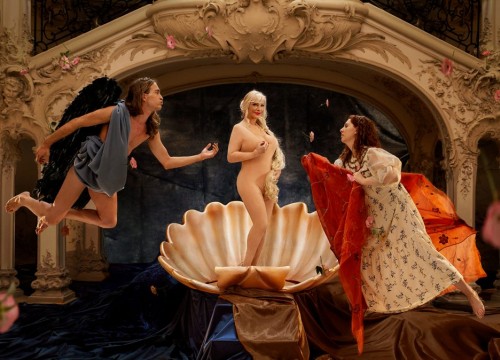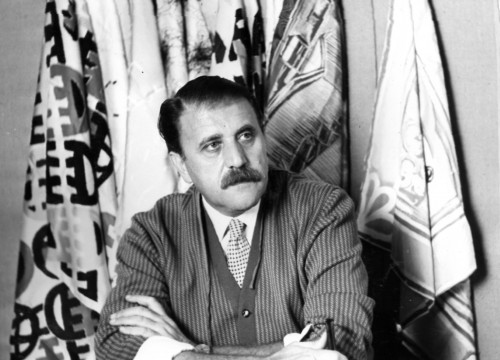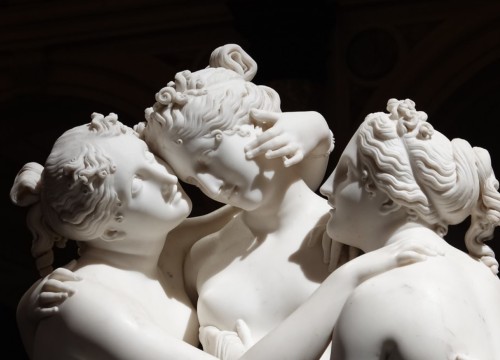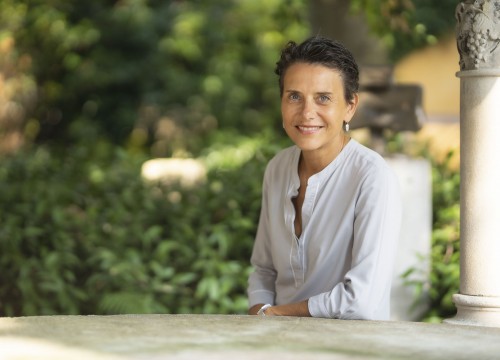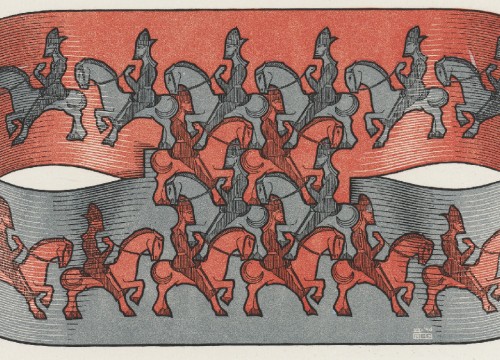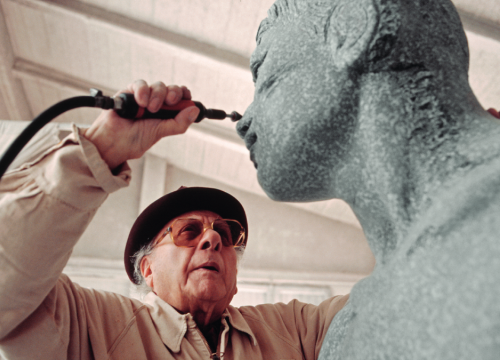Open to meraviglia: Yes, just a wonder to be able to agree with all, journalists and intellectuals from usually antithetical visions. Only that this time sharing is not based on appreciation, but indignation. The thumbs towards is unanimous and categorical for the advertising campaign released by the Ministry for Tourism and the Enit to promote what at the time of Goethe was called Grand Tour, the journey undertaken by the European aristocrats to perfect the culture and which had as its main destination Italy. Times change and, with them, habits and tastes. Today, increasing one’s knowledge does not interest anyone or almost. Unthinkable, in the era of “photograph and run” tourism , to suggest the Italienische Reise reading to urge a visit to Italy. It takes much more. Much less, indeed. It is enough to follow the behaviour of the target audience to achieve the goal: identification and consequent action. It must be what, a little too simplistically, the current creatives of Armando Testa will have thought. We talk about the historical and famous agency founded in 1946 by the homonymous advertising man, inventor of characters who resonate with audiences of the time of Carosello, such as the mysterious Caballero
of the Pampa and his lover Carmencita, or the hippo Pippo. Behind the glorious past, ascertained that most people are more interested in taking a selfie in front of the Colosseum (and posting it on social media) than not knowing the history, the advertisers have settled accordingly. Perhaps comforted by the considerable increase in visitors recorded by the Uffizi Galleries in Florence after the Chiara Ferragni shooting in front of Botticelli’s Venus, they shaken the two elements. The cocktail is served: here is Simonetta Vespucci, model of the fifteenth-century masterpiece, ideal beauty of Florentine neoplatonism, transfigured into a modern and vacuous influencer. Virtual influencer, to be precise. She wears fashionable clothes, sloppy and ugly ones for the truth: shorts and striped T-shirt, skimpy denim jacket, light blue dress that would like to be elegant and just can not make it. She rides around Rome by bike, she poses, hair in the wind, sitting on a rock in Polignano a Mare, she eats pizza with Lake Como behind and shoots the inevitable selfie in San Marco square, in Venice. One stereotype after another.
Even the frames of the images are obvious, with a fulsome and trivial cut as the photos of the old postcards. But the lack of style does not stop: city names translated as common names (google’s mistake?). In a hilarious crescendo, we discover that poor German tourists will consume their eyes to look on maps a certain Garderobe (Camerino), a pleasant seaside town called Treppe (Scalea) or that strange capital of Puglia called Toast (Brindisi) but that they could have also called it Prosit or Trinkspruch. Ridiculous blunders, triumph of the Kitsch, a downward declination of the Italian style, for a modest (let’s say) sum of 9 million euros. We would have gladly spared them. And the international embarrassment as well.





